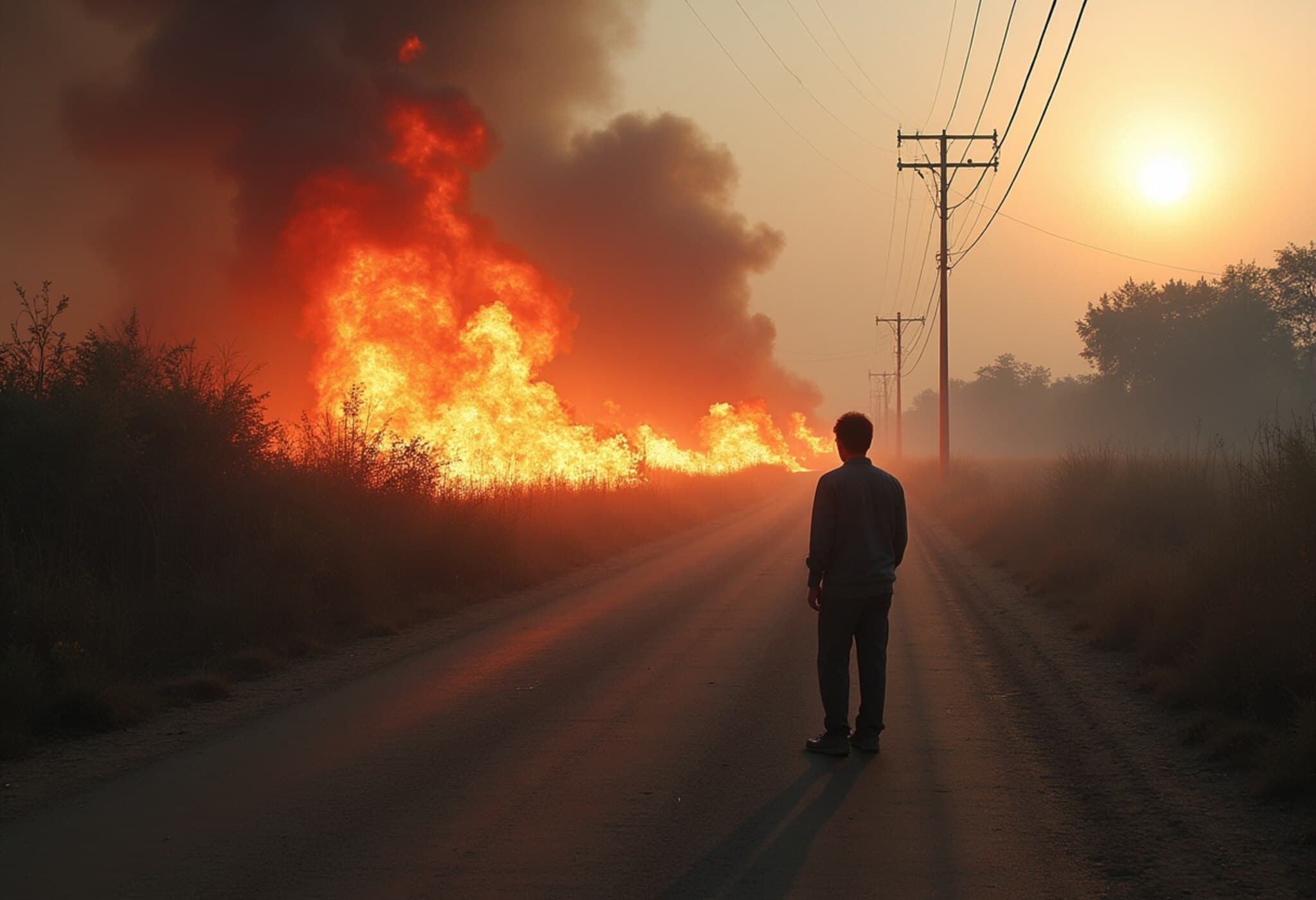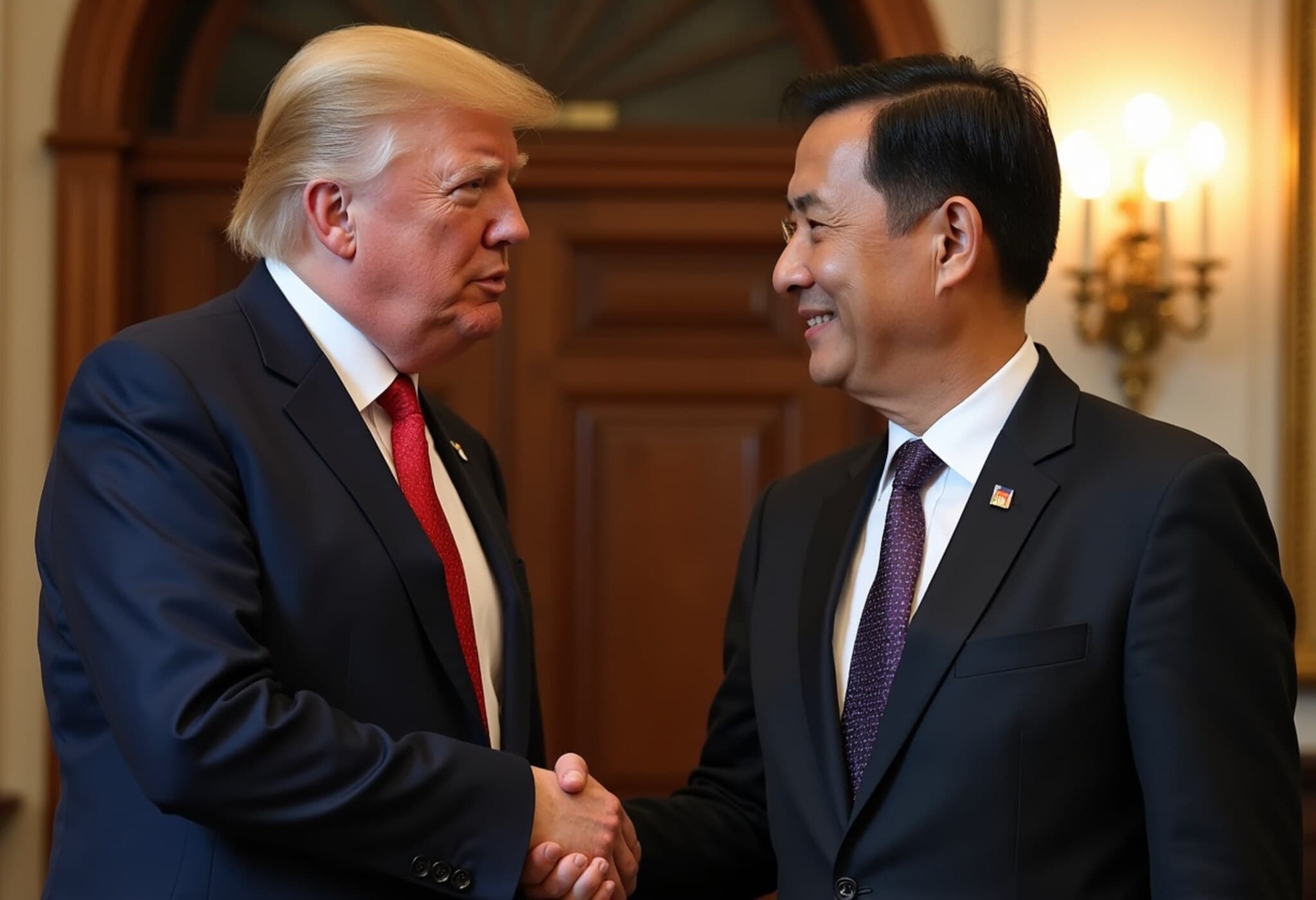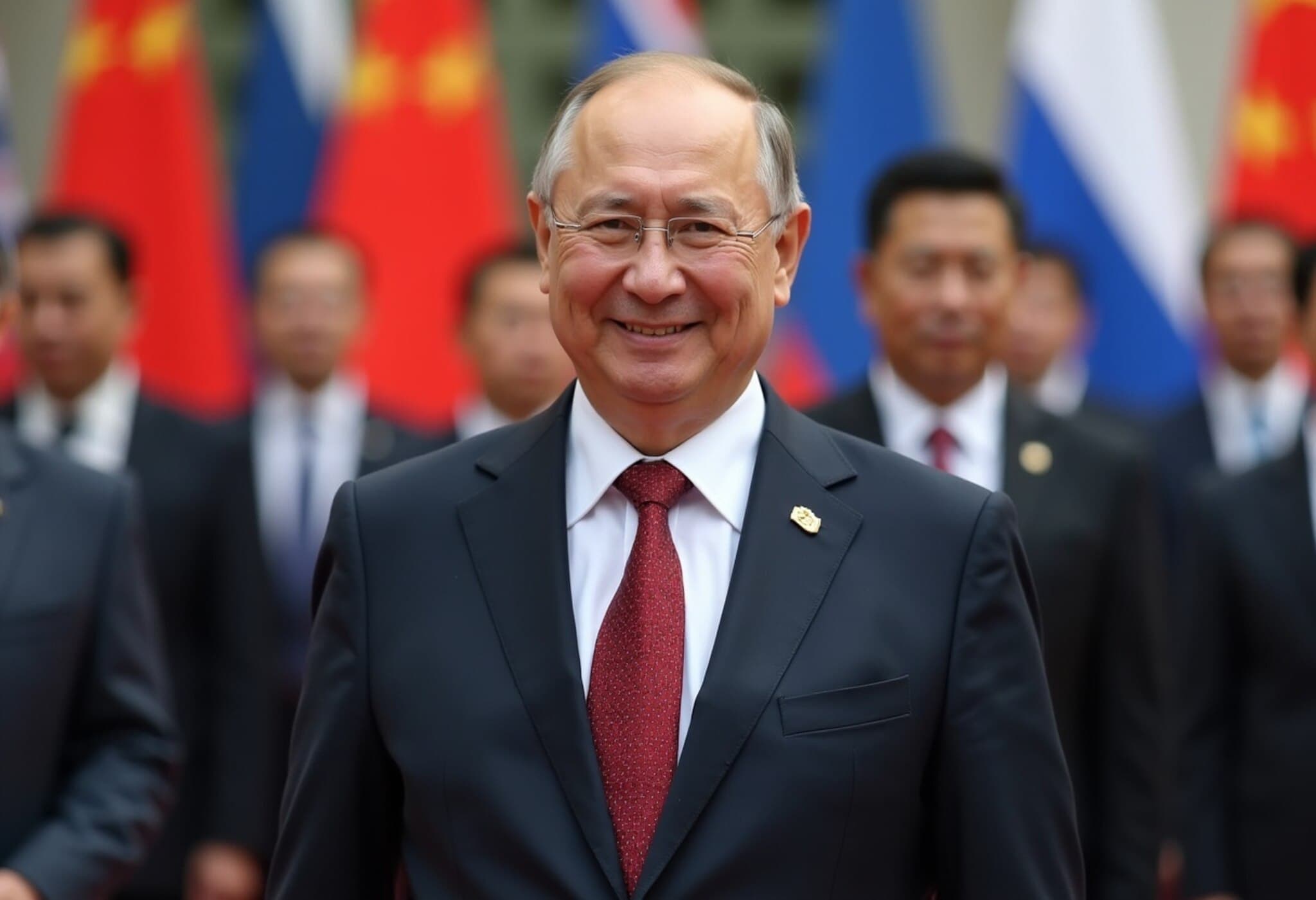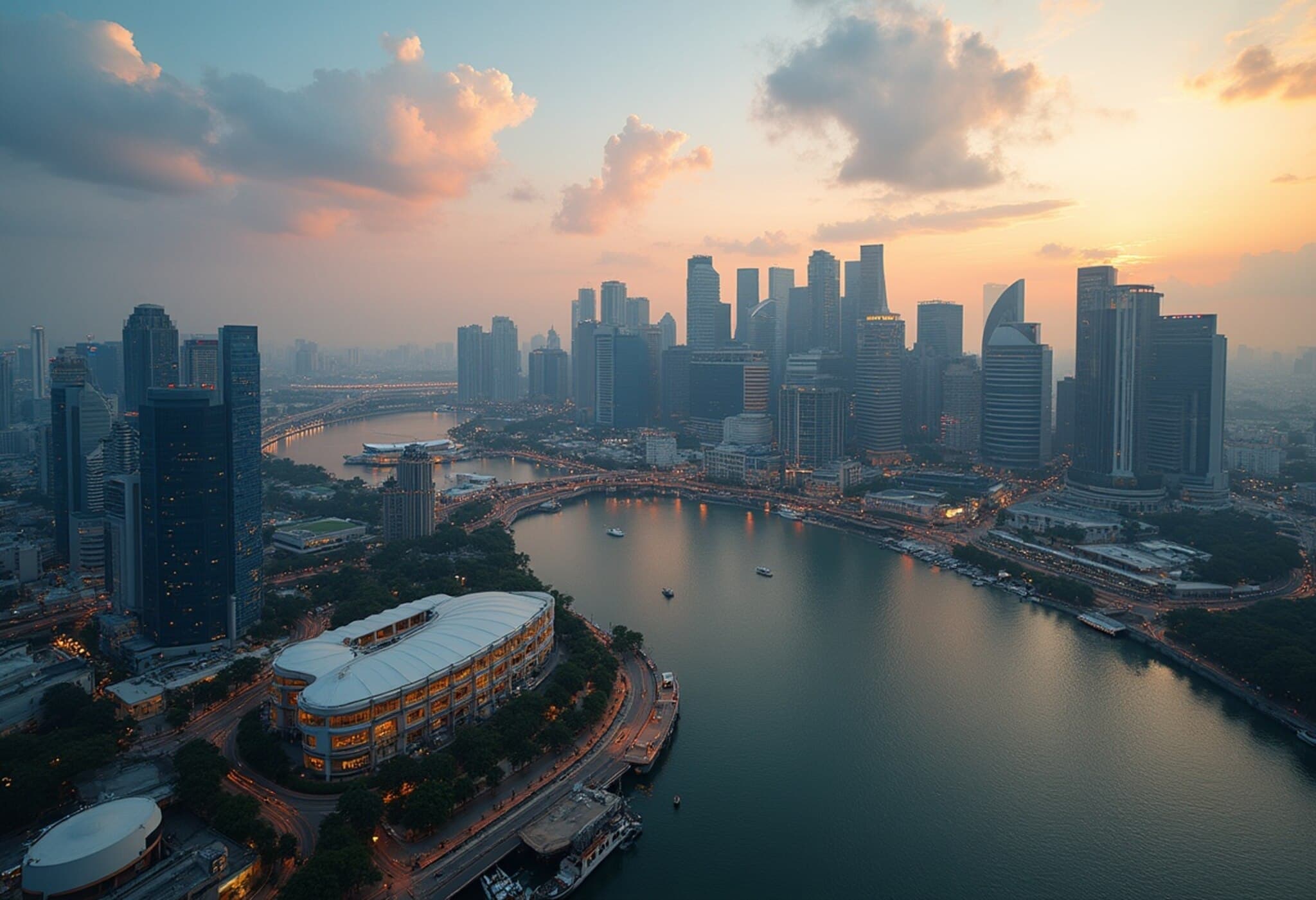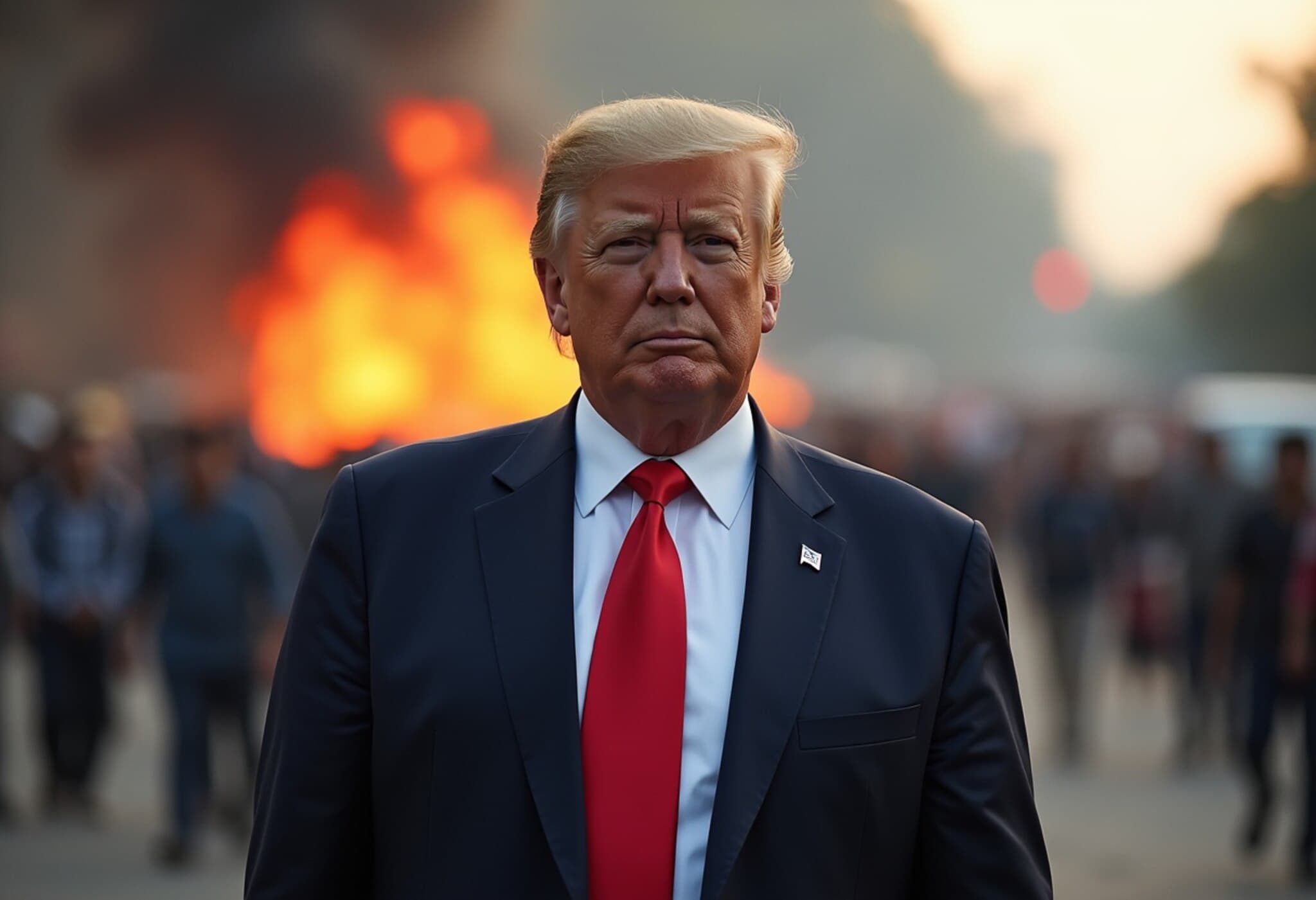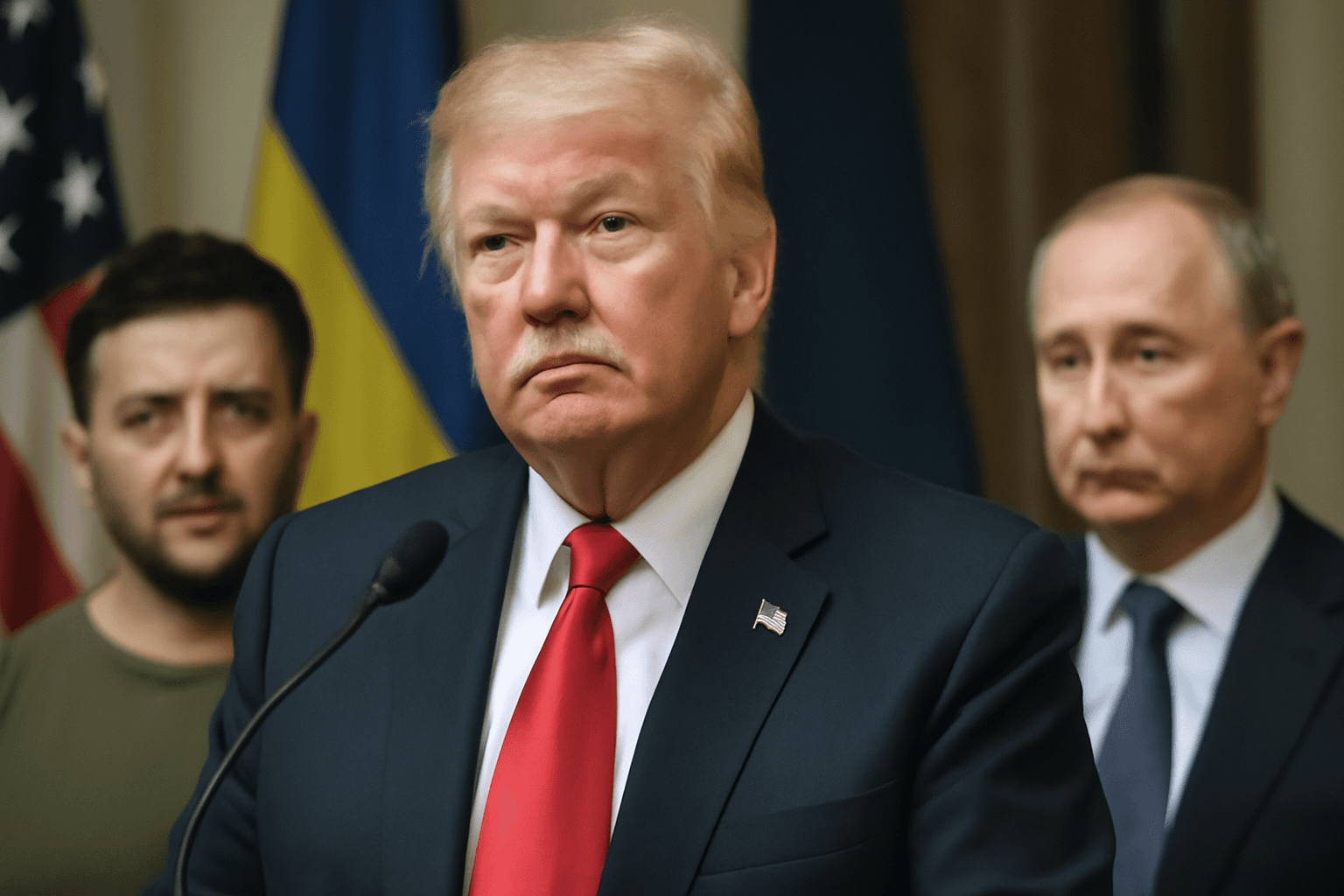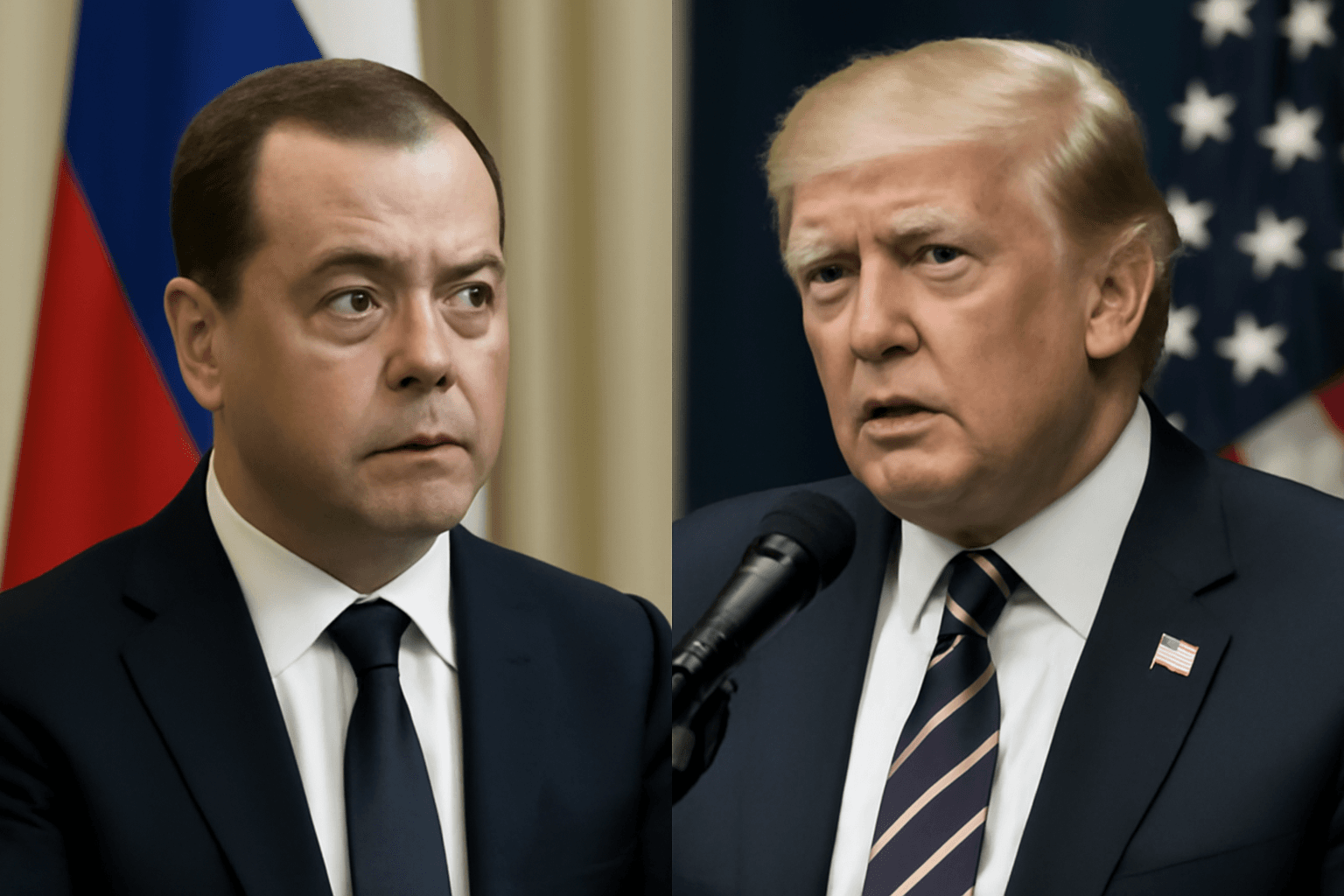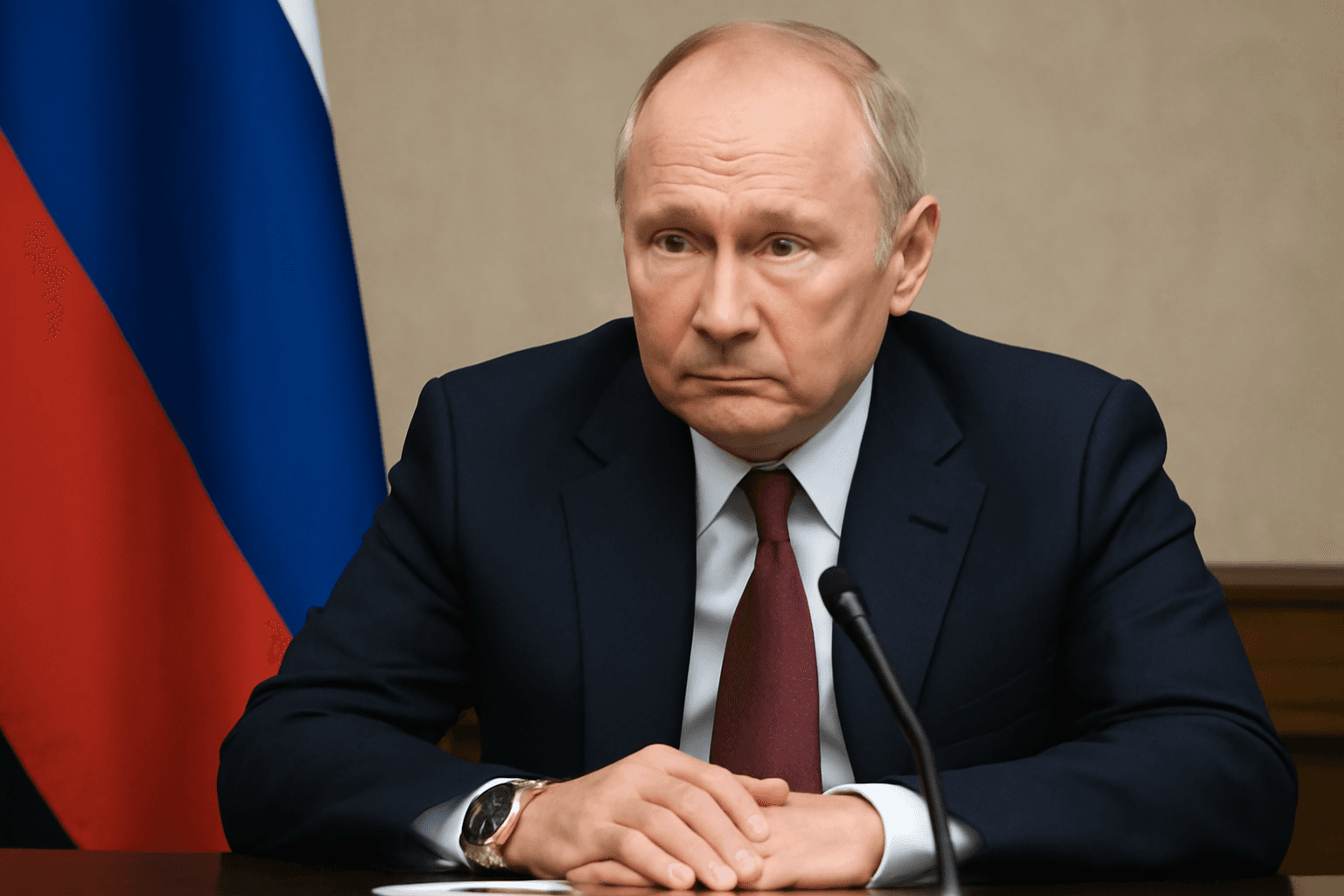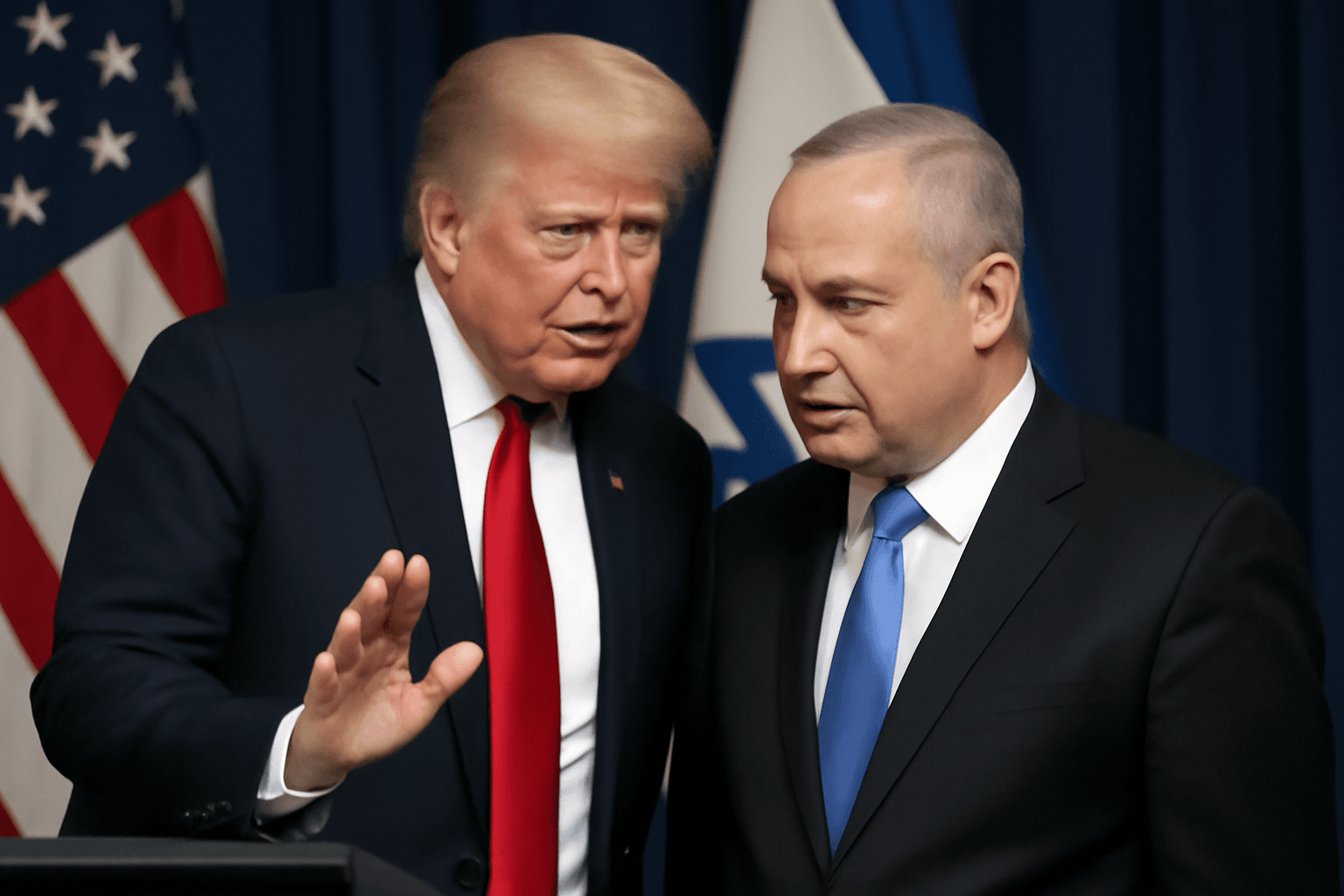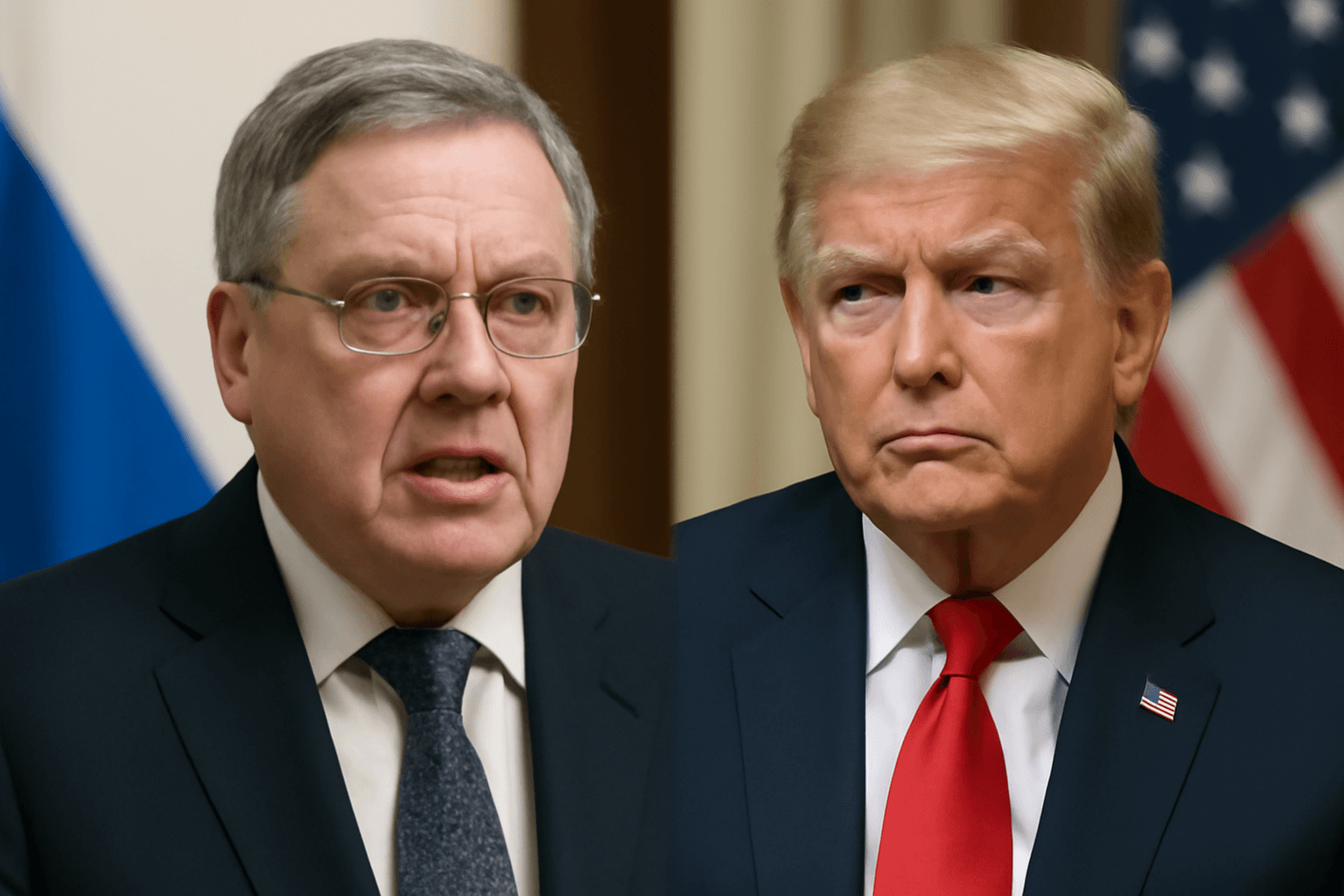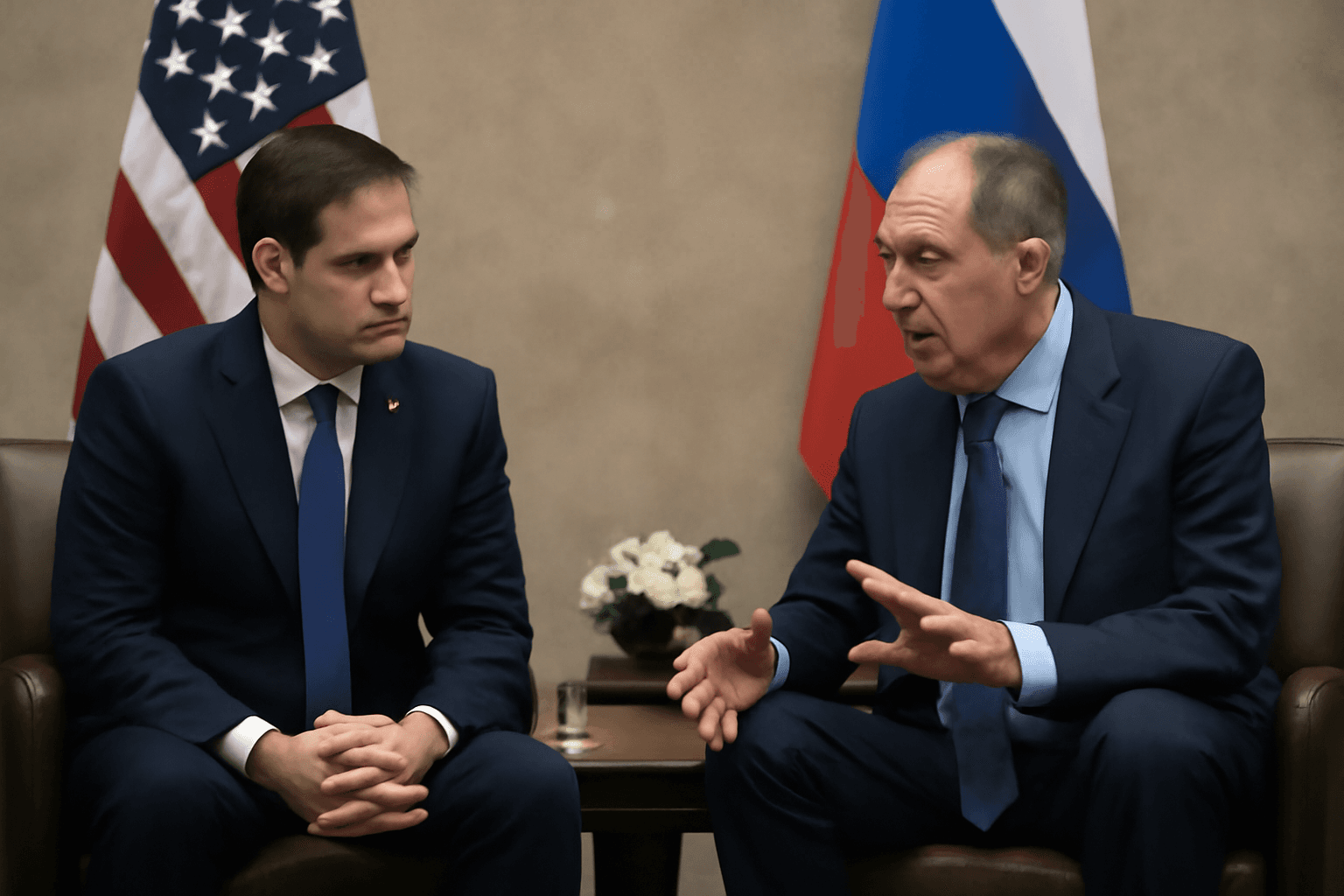Thailand and Cambodia Respond to Trump’s Ceasefire Proposal as Border Violence Persists
In a dramatic escalation of a long-standing border conflict, Thailand and Cambodia have acknowledged a ceasefire proposal put forth by former US President Donald Trump. Despite their public thanks for the diplomatic effort, heavy shelling and artillery exchanges continued unabated along the border, underscoring the fragility of peace efforts in this Southeast Asian hotspot.
Trump’s Diplomatic Intervention and Official Responses
On July 27, 2025, Donald Trump announced through his social media platform TruthSocial that he had personally called the leaders of both Thailand and Cambodia, urging an immediate ceasefire to halt what has become the most intense fighting between the two neighbors in over a decade.
"Both nations have agreed to immediately meet and quickly work out a Ceasefire and, ultimately, PEACE!" Trump wrote just prior to embarking on a private trip to Scotland.
Cambodian Prime Minister Hun Manet expressed support for the ceasefire initiative, stating, "I made it clear to President Trump that Cambodia agrees with the proposal for an immediate and unconditional ceasefire between our armed forces." He further emphasized that the US mediation could be instrumental in saving lives of soldiers and civilians on both sides.
Thailand’s response was somewhat more cautious. The acting Prime Minister acknowledged Trump’s intervention, conveying that Thailand is open to a ceasefire in principle but stressed the necessity for sincere dialogue and genuine intentions from the Cambodian side before any lasting resolution could be achieved.
Conflict Reality: Continuing Violence and Losses
Despite these diplomatic overtures, the violence at the border did not abate overnight. The latest clashes, which erupted on July 24, have claimed at least 33 lives, including soldiers and civilians, and displaced thousands on both sides, disrupting communities near the contested Surin region.
The fighting seems entrenched in deep-rooted historical tensions dating back to colonial-era border delineations between the two countries. Cambodia accuses Thailand of violating sacred grounds by advancing on a Khmer-Hindu temple, while Thailand alleges Cambodia’s military deployed drones for surveillance, sparking the initial hostilities.
Trade Talks Hang in the Balance Amid Turmoil
Trump’s ceasefire proposal also dovetailed with looming economic consequences. The United States was set to implement punitive tariffs of up to 36% on goods imported from Thailand and Cambodia starting August 1, 2025, responding to trade practices perceived as unfair.
However, Trump indicated that resuming trade negotiations would be premature until the fighting ceases, effectively linking peace efforts with economic incentives. This move highlights how intertwined regional stability and economic diplomacy have become in US foreign policy, particularly in Southeast Asia.
Interestingly, prior to Trump’s engagement, Thailand’s foreign minister expressed skepticism about third-party mediation, dismissing offers for facilitated talks, including from Malaysian Prime Minister Anwar Ibrahim.
Regional and Global Implications
The ongoing Thailand-Cambodia border conflict is more than a bilateral dispute; it reverberates across regional security architectures and economic corridors. Both nations are key players in ASEAN, and continued instability poses risks to broader regional cooperation, tourism, and foreign investment.
From a US policy perspective, Trump’s intervention—though unusual for a former president not holding office—reflects the enduring American interest in maintaining stability in this strategically vital region. The prospect of tariffs and economic pressure as leverage underscores the complexities of blending diplomacy, economic sanctions, and conflict resolution.
Expert Insight: Navigating Historical Grievances and Modern Realities
Experts emphasize that sustainable peace requires addressing underlying grievances dating back over a century, including colonial border arrangements and contested cultural heritage sites.
Moreover, this conflict illustrates the challenges of achieving immediate ceasefires without robust mechanisms for dialogue, verification, and enforcement.
Conflict historians note, "Border disputes between Thailand and Cambodia have flared intermittently over the last hundred years. Military engagements may cease temporarily, but without addressing the historical context and fostering mutual trust, clashes are liable to resume."
Looking Ahead
As Thailand and Cambodia prepare for the proposed ceasefire negotiations, the international community watches closely. The continuation of shelling despite diplomatic exchanges signals that words alone may not suffice to stem the bloodshed. The path to peace likely demands sustained engagement, regional cooperation, and mutual concessions.
Editor’s Note
While President Trump’s initiative has sparked renewed hope for ending the deadly clashes, this episode raises essential questions about the limits of external mediation in entrenched conflicts. How can the international community support genuine dialogue? What role should economic leverage play in conflict resolution? Most importantly, will the leaders of Thailand and Cambodia move beyond symbolism to achieve lasting peace for their people?

